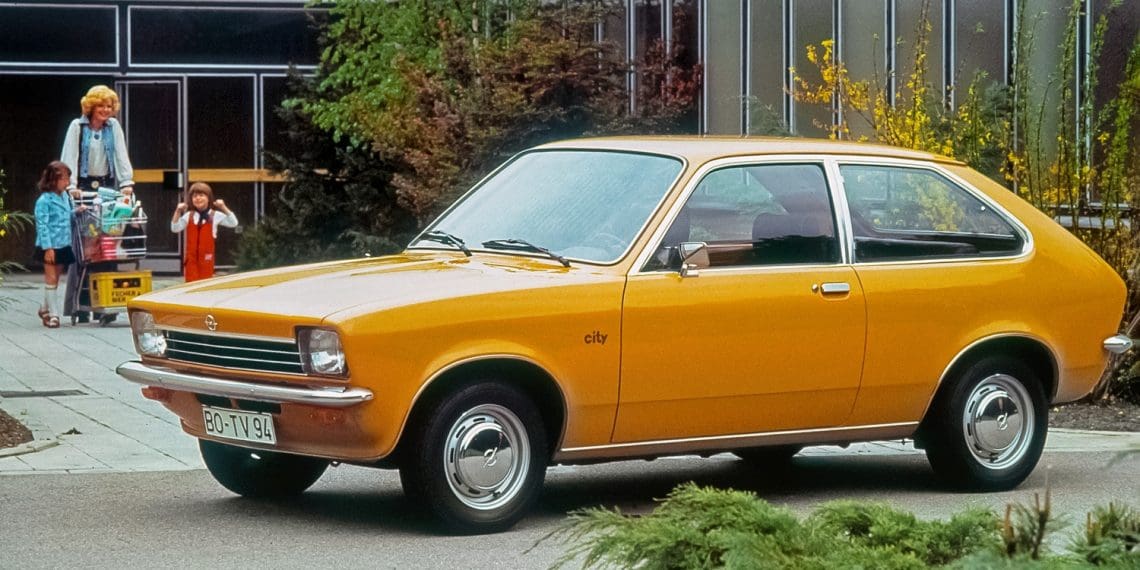Opel is celebrating the 50th anniversary of the Kadett City, and although the third generation of the Kadett began its career back in 1973, Opel went further two years later with the City hatchback variant. Because even at that time, it was true that sporty design combined with a dynamic driving experience and versatility was the trump card! Thus, the engineers designed a vehicle that met both requirements with its hatchback silhouette and large trunk door, the design of which still makes the hearts of many enthusiasts race today.
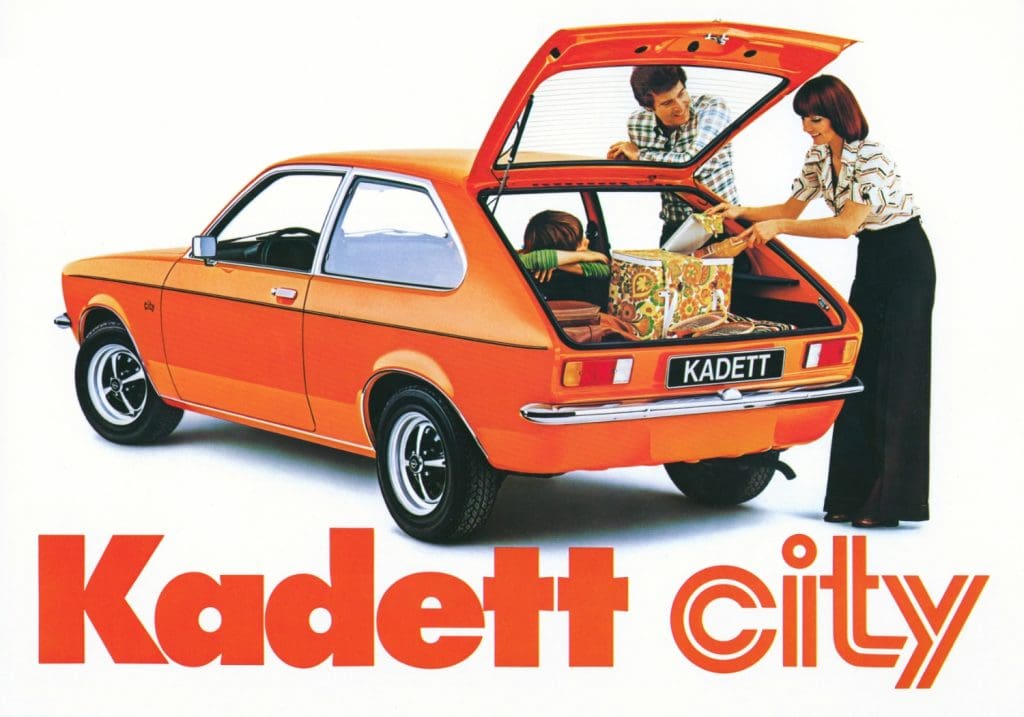
The City launched in 1975 inspired with its elegant lines. From today’s perspective, the optional 13’’ ATS wheels and 185-millimeter tires, introduced in the following years, also contributed to the sporty design of the Kadett City. Additionally, the large windows provided plenty of light and good overall visibility, enhancing the sense of well-being for passengers and safety equally.
However, the most striking feature compared to other Kadett variants was the distinctive rear of the city car measuring just 3.90 meters in length. The large rear door opened up completely new possibilities because “the City is aimed at young families looking for a functional car and valuing a versatile trunk.
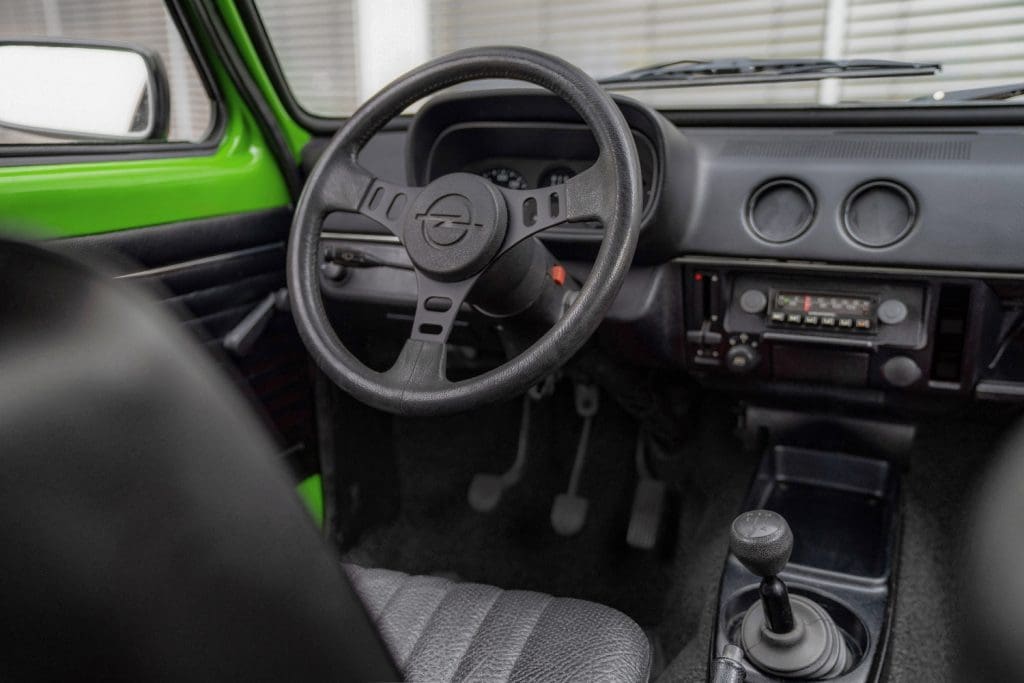
The sloping rear door made loading the Kadett City easy and convenient. This was made even easier because it could be opened with just a pinky finger, thanks to a developed gas lift with a spring. Benefiting from a smart construction of the rear section of the body, with no protrusions into the interior, the flat loading area was fully usable. And when even more space was needed for luggage, work materials, or other items, the backrest of the rear seat could be folded forward in two simple steps, effectively doubling the cargo space without any additional effort.
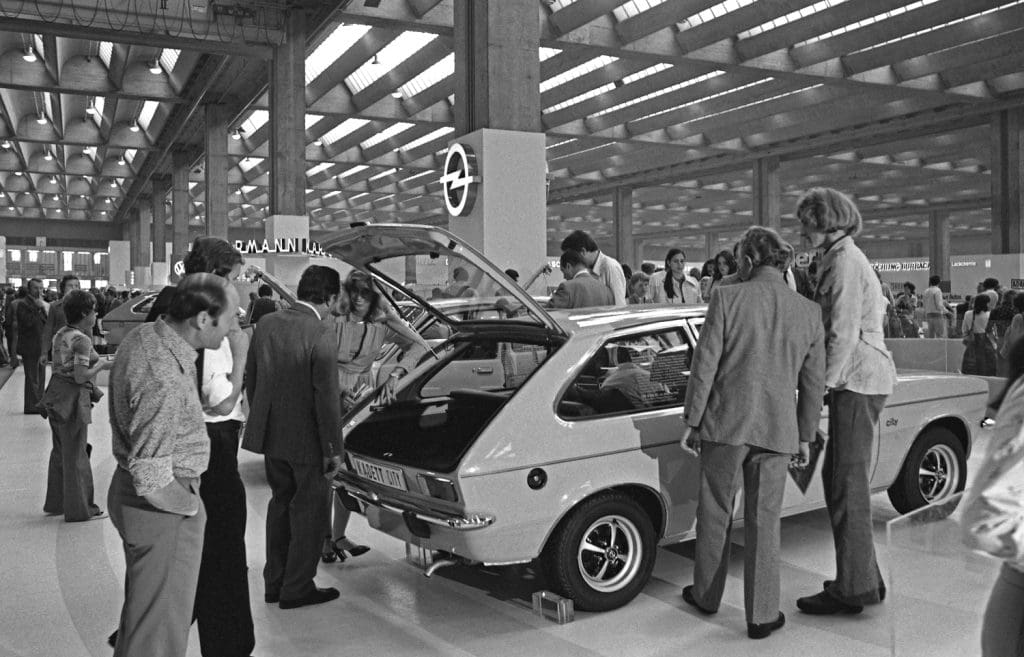
Mechanically, the City largely utilized the same mechanics as the rest of the Kadett C generation. The model featured a rear axle that was already in use by the Caravan and a front axle that was readjusted during development due to changes in weight distribution. In terms of engine options, the City offered four-cylinder engines with displacements of 1.0 and 1.2 liters, producing 40 hp, 52 hp, and 60 hp initially. The latter was also available—with was uncommon at the time—with an automatic transmission. At the IAA exhibition in 1977, Opel added the 1.6-liter S engine with 75 hp to the engine lineup. With this engine, the Kadett City could accelerate from 0 to 100 km/h in 13 seconds and reach a top speed of 157 km/h.
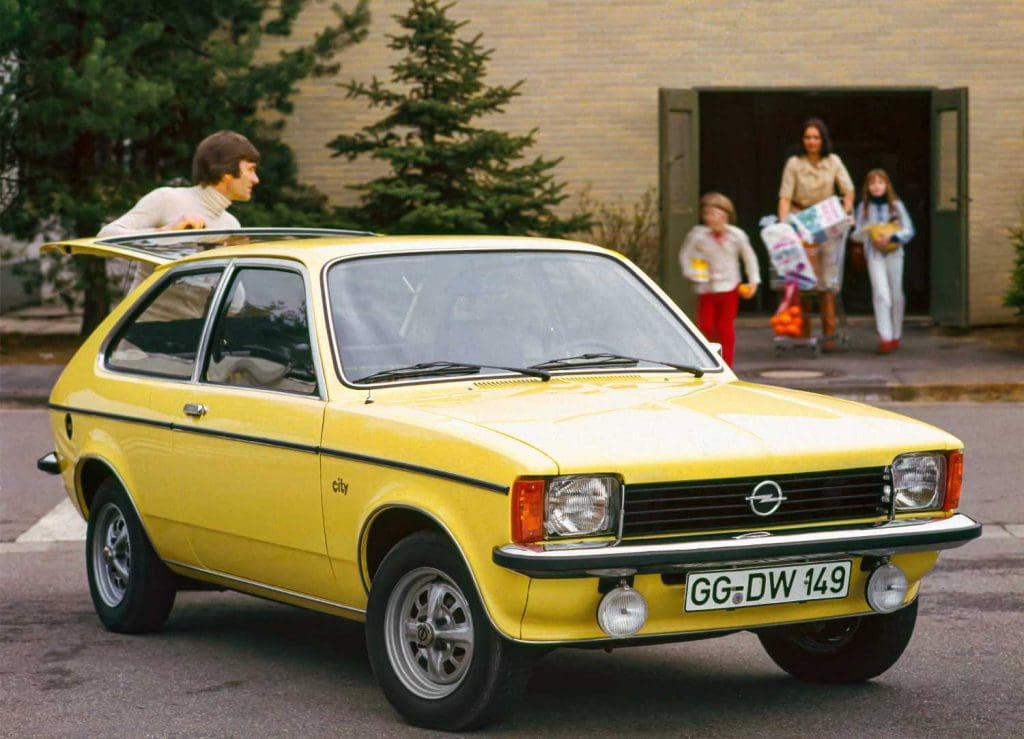
The end of the line for the Kadett City came in 1979, just like the entire extremely successful Kadett C generation, paving the way for its successor, the Kadett D, which was launched in the same year as the brand’s first front-wheel-drive model from Rüsselsheim.

